Discover England
-
Best Time to Visit England?
One of the many reasons to visit England is that each season brings its own unique charm. Although the UK isn't known for wonderful weather, in general it doesn’t experience extremes during summer or winter. Overall, spring (late March to early June) and autumn (September to October) are the best times to visit, when there is more chance of warm and dry weather.
Tip: You can always take shelter from the rain in a cosy country pub or cafe and enjoy warm scones with jam and cream.
Spring in England
March is when you’ll start to spot the first signs of spring, and with that comes an abundance of beautiful spring flowers like daffodils and bluebells. In England, April is known for its “April showers”, but the good news is that April is no longer as chilly and the sun is on its way. In May, the average temperature takes its highest rise yet (around 14 degrees), with slightly less rain predicted too. There are two bank holidays in England alongside a half-term break for schools, meaning that family activities across the country are at a high.
Summer in England
June is a wonderful time to visit with a higher average temperature than days of rainfall - yay! In July and August holidays to England are at their peak, meaning travel prices are on the rise (top tip: book early for Summer). England’s beautiful coastal areas are perfect for making the most of the better weather, and Cornwall’s beaches prove popular with those traveling within the country as well as those visiting. Average daily temperatures are around 15 degrees.
Tip: This is a great time for our Classic Cornwall Cycling trip, unlike other parts of England it shouldn’t be too hot and you'll have the gentle breeze off the coast. You will need to book early though!
Autumn in England
Temperatures begin to fall again, but the English countryside transforms into a photographer’s dream in autumn. Expect landscapes of yellow, red and orange from September to Octoberas entire forests change the colours of their leaves. For a quintessential British experience, visit a country pub on a chilly day. Seek out a traditional pub with an open fireplace and get cosy by the fire as you enjoy a pint of local ale and a hearty meal. Average temperatures in September are around 17 degrees, and 13 degrees in October.
Tip: A great time to enjoy the Cotswolds which passes through charming English countryside, enchanting villages and traditional country pubs.
![Best Time to Visit England?]()
-
Essential Facts about the Cotswolds!
Wool - The Cotswolds were mainly built on the wool trade, and you can still see many examples of mills along the way. Many of the impressive local buildings were constructed with money from the wool trade. The local sheep are called the 'Cotswold Lions' and have been brought back from the brink of extinction.
Outstanding Beauty - The Cotswolds is the largest Area of Outstanding Beauty in England and the second-largest protected area after the Lake District. The Cotswolds are rural England at its most stunning; the towns and villages with their warm honey limestone facades add charm and beauty to the natural wonder surrounding them.
Unique Local Customs - There are a lot of fascinating local customs, which you can participate in should you be visiting the area at that time of year. There is an annual cheese rolling at Coopers Hill, Birdlip, where contestants roll wheels of Double Gloucester cheese down a hill. There is also a football game in Bourton on Water where the goalposts are on either side of a river! These are only the tip of the iceberg too.
Limestone - The Limestone is what gives the Cotswolds villages and churches their honey-coloured glow. The drystone walls built in the Cotswolds are everywhere, and you will pass alongside many on your travels. If you laid them end to end, they would stretch further than the Great Wall of China.
![Essential Facts about the Cotswolds!]()
-
Hadrian's Wall 101
How Long? When? Emperor Hadrian constructed the 73-mile long wall was built in 117AD by Emperor Hadrian to separate the Roman Empire from those northern Barbarians. The wall was around 15 feet high and 10 feet wide in its glory.
Who built it? It took around 15,000 men over six years to build the wall. There were three main Roman garrisons stationed in England and Wales, and all of these men were put to work building the wall. Hadrian himself had a keen interest in architecture and is thought to have designed it. At Chesters, you can see the centurions' names who built the wall, carved into stone tablets.
How much of the wall still exists? Only around 10% of the original wall remains. While much of the land is still shaped to accommodate the wall, the stone was re-purposed or buried after the wall was abandoned. Many local buildings are said to be built from the stone from Hadrian's Wall.
Is this the border between Scotland and England? No, it never was. It marked the border of the Roman Empire before they headed further north and created the Antonine Wall before retreating to the more secure Hadrian's Wall. Most of Northumberland, England's largest county, is north of the wall, so the wall does not indicate the border.
![Hadrian's Wall 101]()




















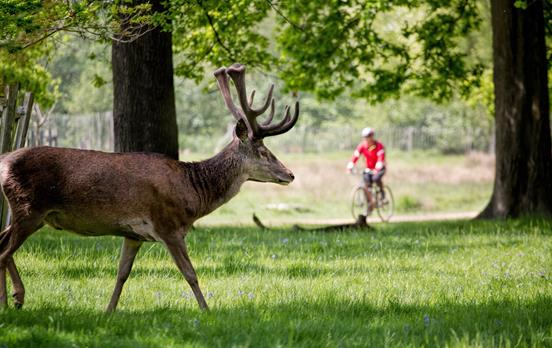
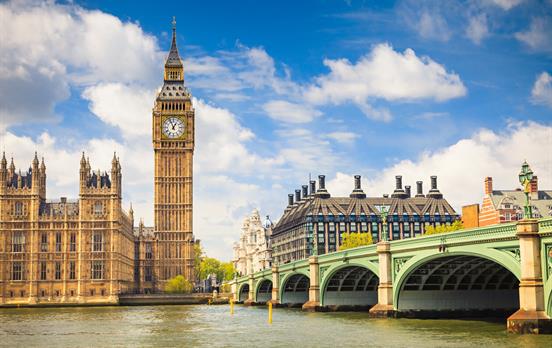

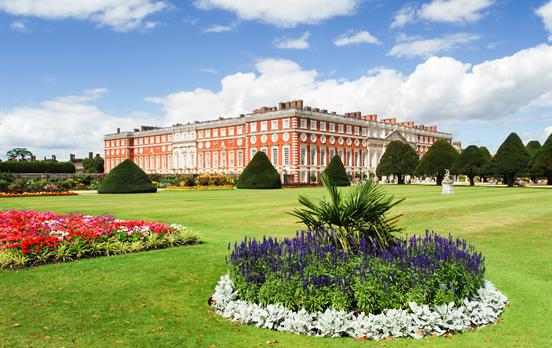


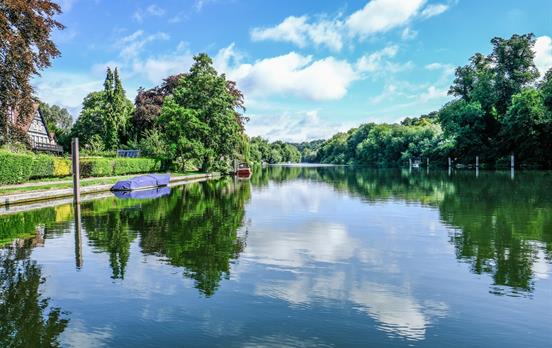

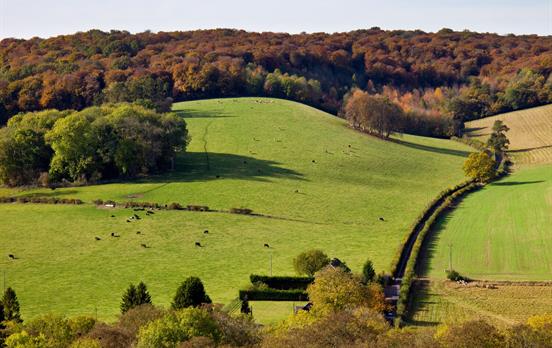
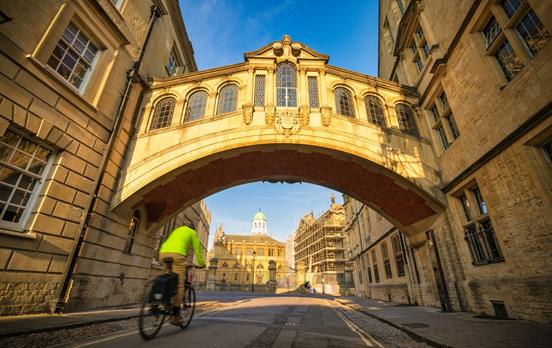

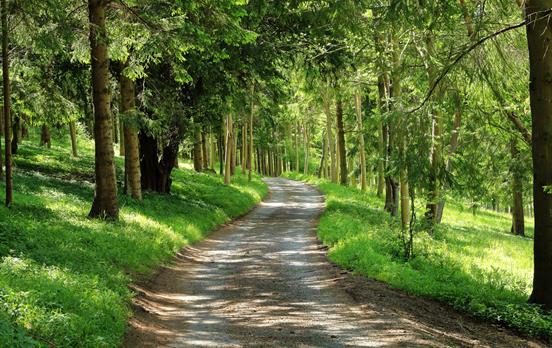



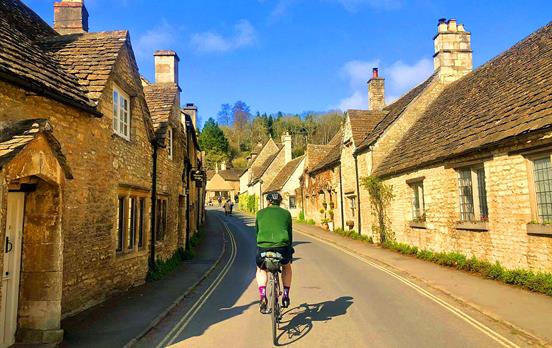

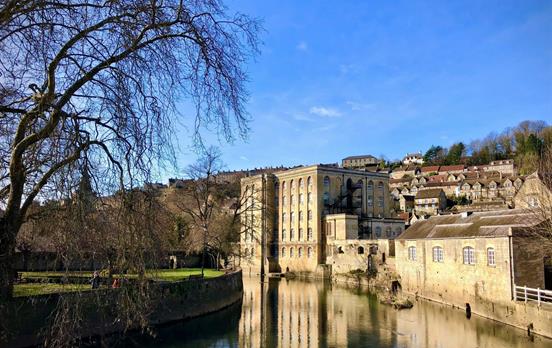

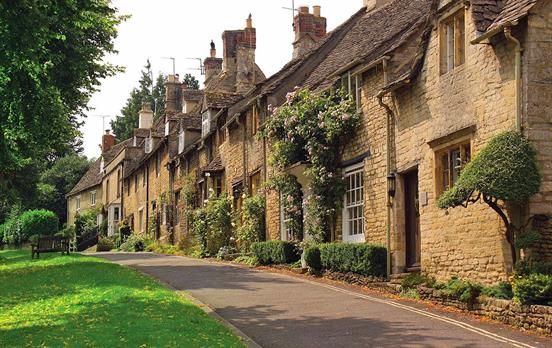
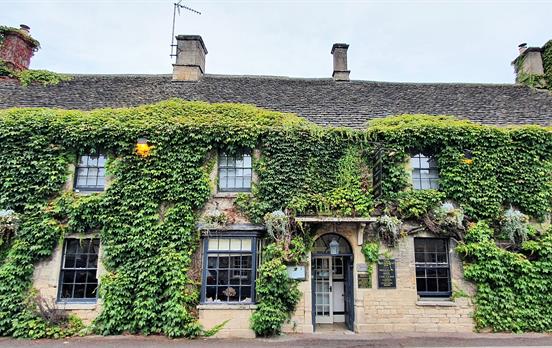

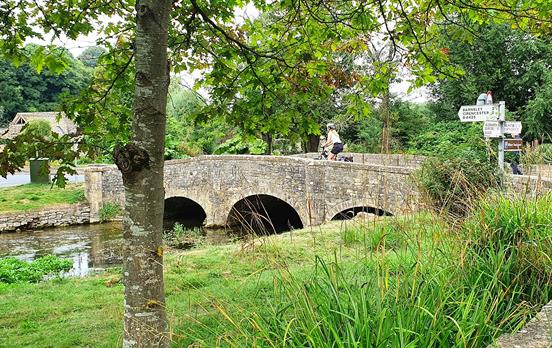

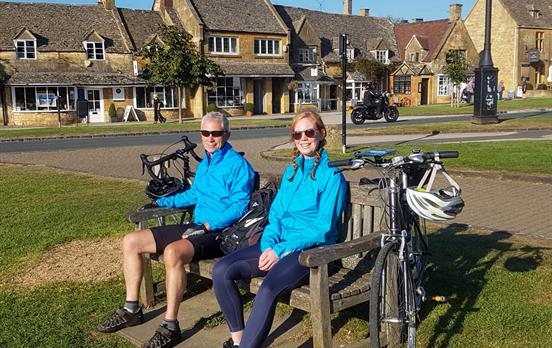


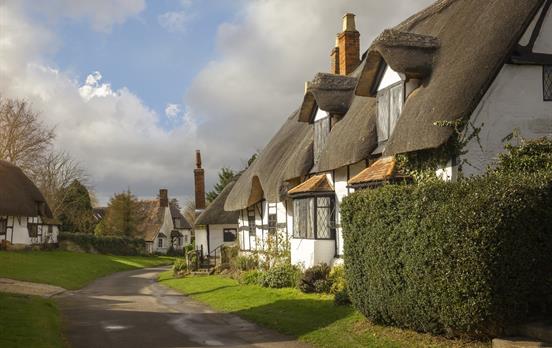
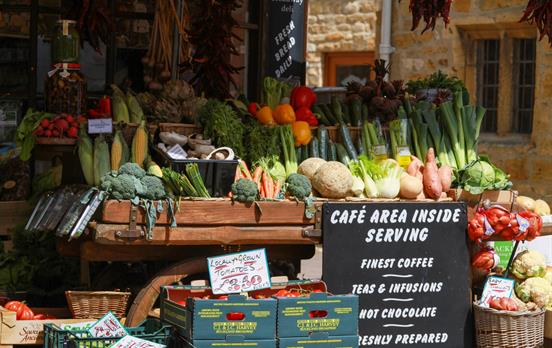
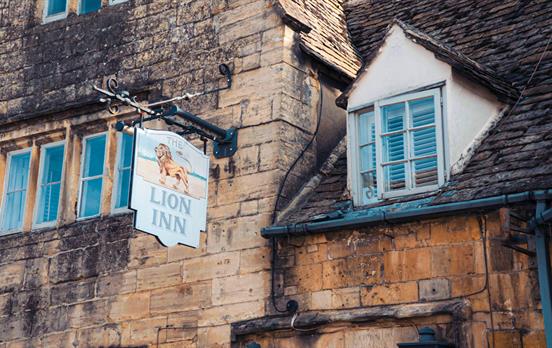



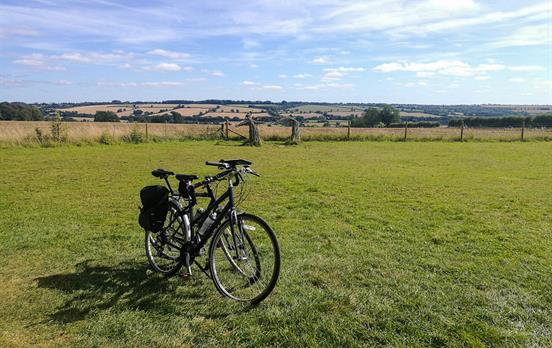




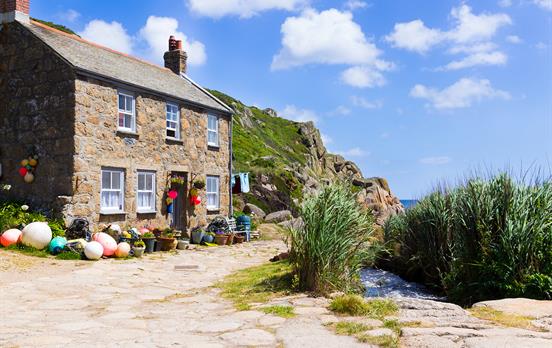



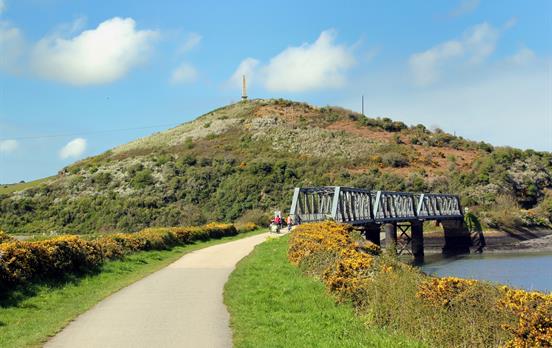




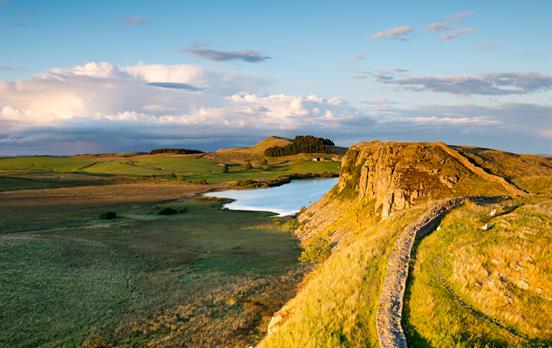

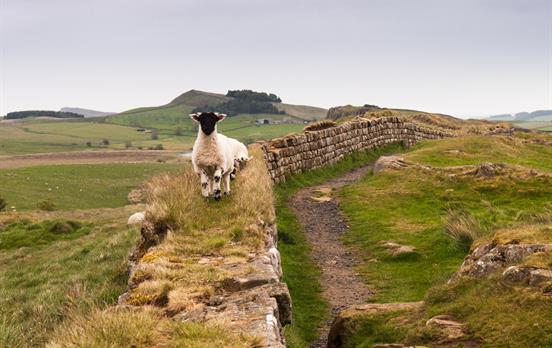
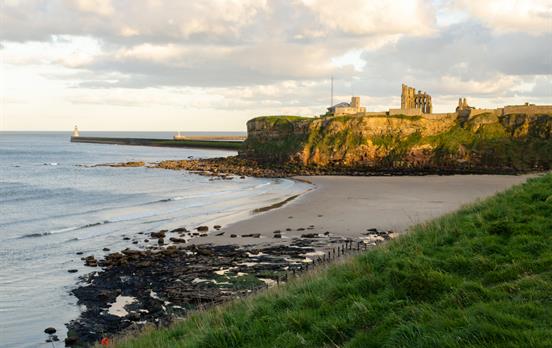
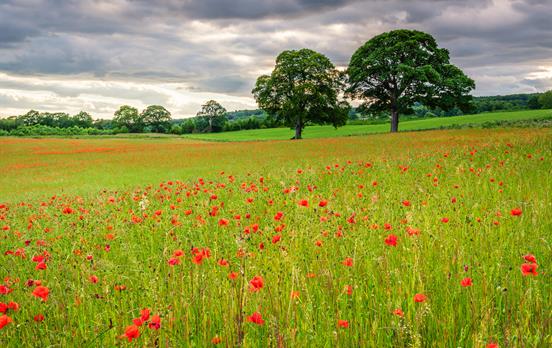
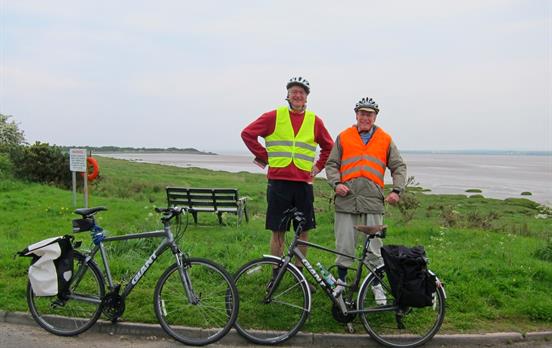



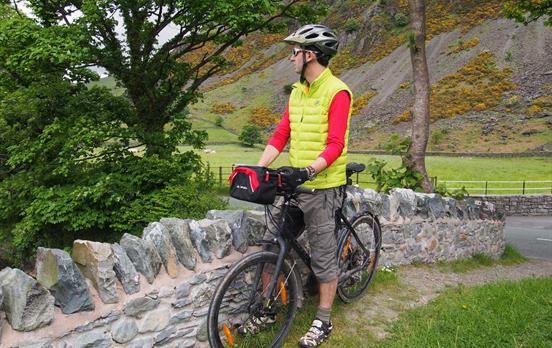
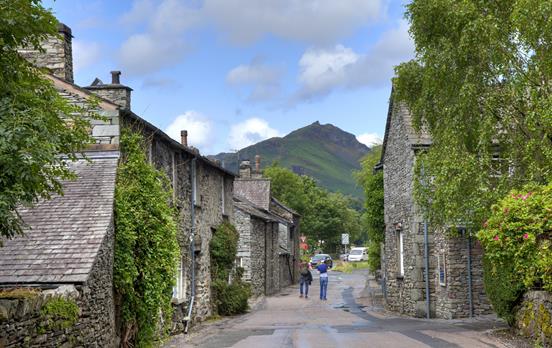


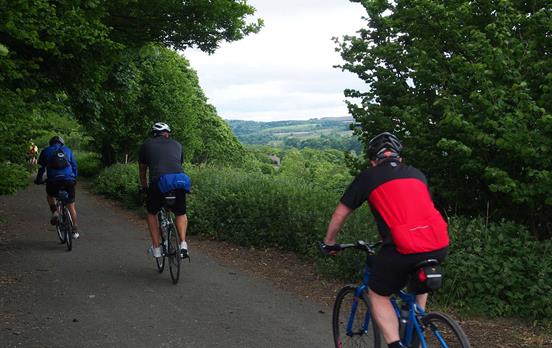

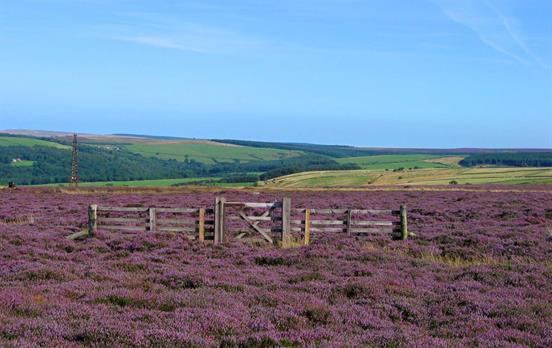
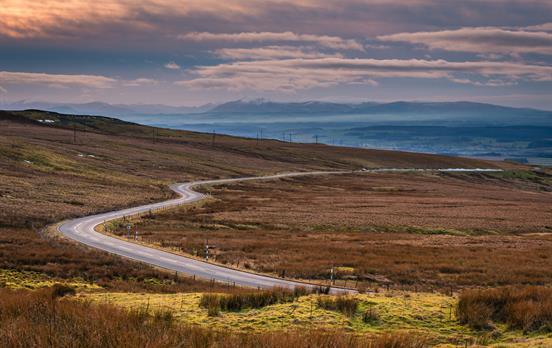
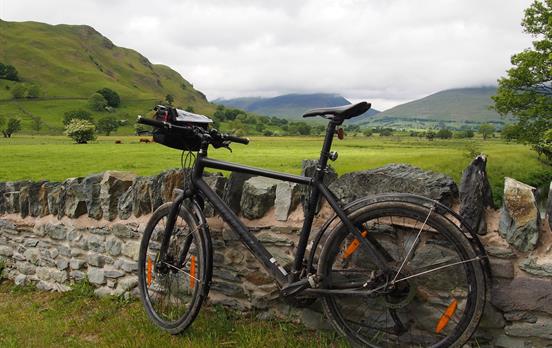


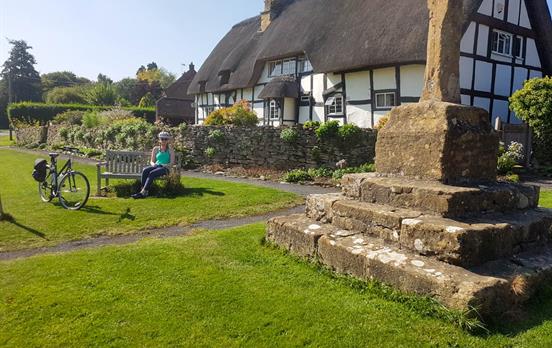





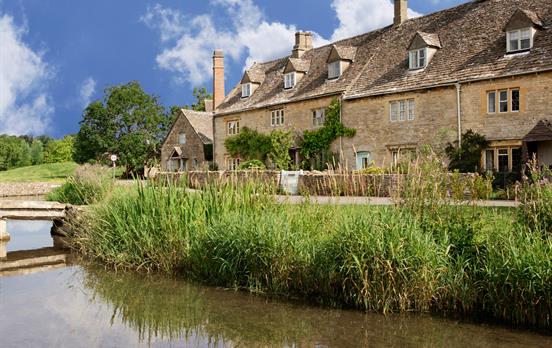

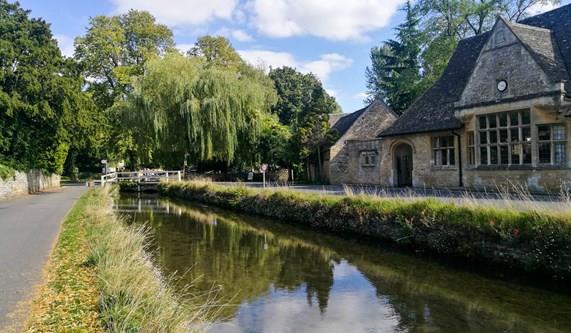












 Australia
Australia New Zealand
New Zealand South Africa
South Africa European Union
European Union